?You do know what?s right, don?t you? Maybe you don?t.?
There was a time when two people who loved each other could not be married in some states. Even if they were legally married in another state, some states would refuse to recognize that marriage and might even consider it a crime for those people to live together as a married couple. Yes, that sounds familiar. In recent years, it dealt with the concept of marriage equality for people in same sex marriages. But half a century ago, it also applied to mixed race marriages. Loving is the story of the two people whose marriage (and their case in the courts) put an end to what we now look at as an absurd practice. In many ways, it laid the foundation for the more recent issues surrounding marriage.
Richard (Joel Edgerton) and Mildred (Ruth Negga) Loving were married in the District of Columbia in 1958 and returned to their home in Virginia. However, because Richard was white and Mildred was African-American, Virginia law would not recognize the union. Within a few weeks they were arrested for violating state law. Advised to plead guilty, they were sentenced to a year in jail, but the sentence was suspended on the grounds that they leave the state for a period of twenty-five years. Moving to DC and raising their children was a strain, since their families were still in Virginia. In time, they moved back, but were again arrested. Eventually the ACLU learned of the case and offered to help them. In time, the case went to the Supreme Court, which struck down such laws as unconstitutional.
The case, Loving v. Virginia, is considered one of the landmark civil rights cases of the 1960s. Yet this film is not a courtroom drama. We hear almost none of the legal arguments that were made as the legal case made its way through the court system. This is not the story of the battle to overturn an unjust law?that is merely a side issue in the story. This is the story of the two people whose name is the referent of the case. Richard and Mildred were quiet people who loved each other and their families. They didn?t marry to challenge the law. They married because they loved each other and wanted to raise their children together. They didn?t seek out publicity, yet they ended up with their pictures in Life magazine for the world to see.
It should be noted that those who defended these laws were clear that they felt that they were carrying out God?s law. The judge who sentenced them, when asked to reconsider, wrote in his denial, ?Almighty God created the races white, black, yellow, Malay and red, and he placed them on separate continents. And but for the interference with his [arrangement] there would be no cause for such marriages. The fact that he separated the races shows that he did not intend for the races to mix.? How frequently we confuse the laws we make with the divine will. What makes matters worse is that often when we claim that God is on our side, we dehumanize the people involved. They are objects?sinners?criminals. Yet at the most basic level those involved need to first be recognized as beloved children of God. That is why it is important that the film focuses on Richard and Mildred?the people, who like so many others throughout history fell in love and just wanted to be married as they shared that love. Even though Loving v. Virginia is such an important case, the really important part of the case is the Lovings?and loving.
Photos courtesy of Focus Features
Special features on the Blu-ray/DVD/Digital HD Combo pack include ‘Making?Loving,’?a look at the cast and on location, and a look back at the court case in “Loving vs. Virginia.” Director Nichols also provides a feature-length commentary.?


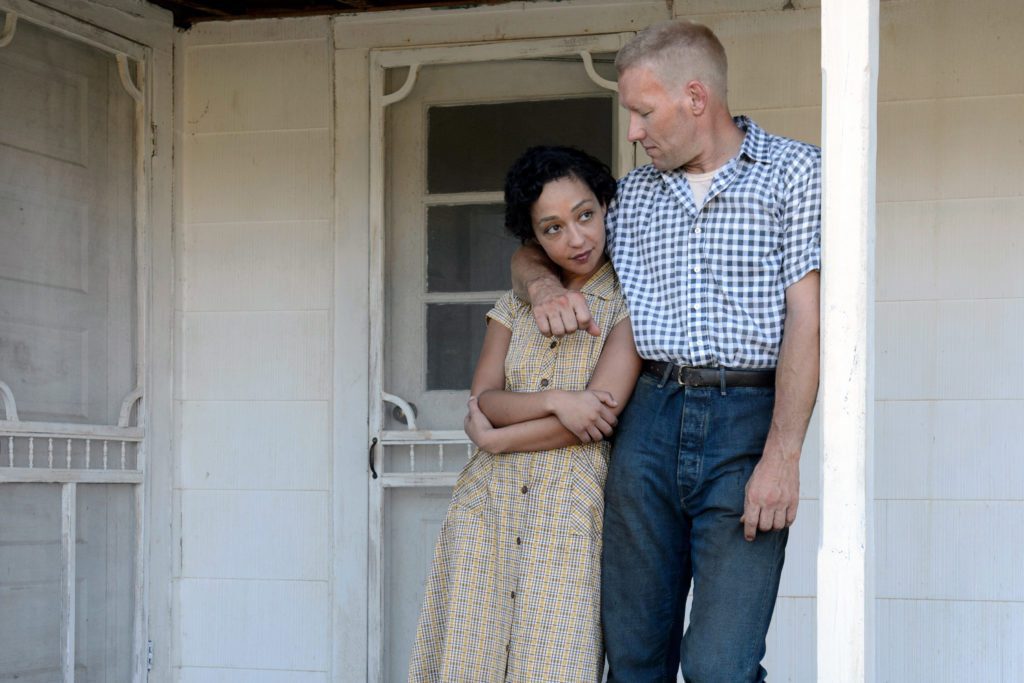
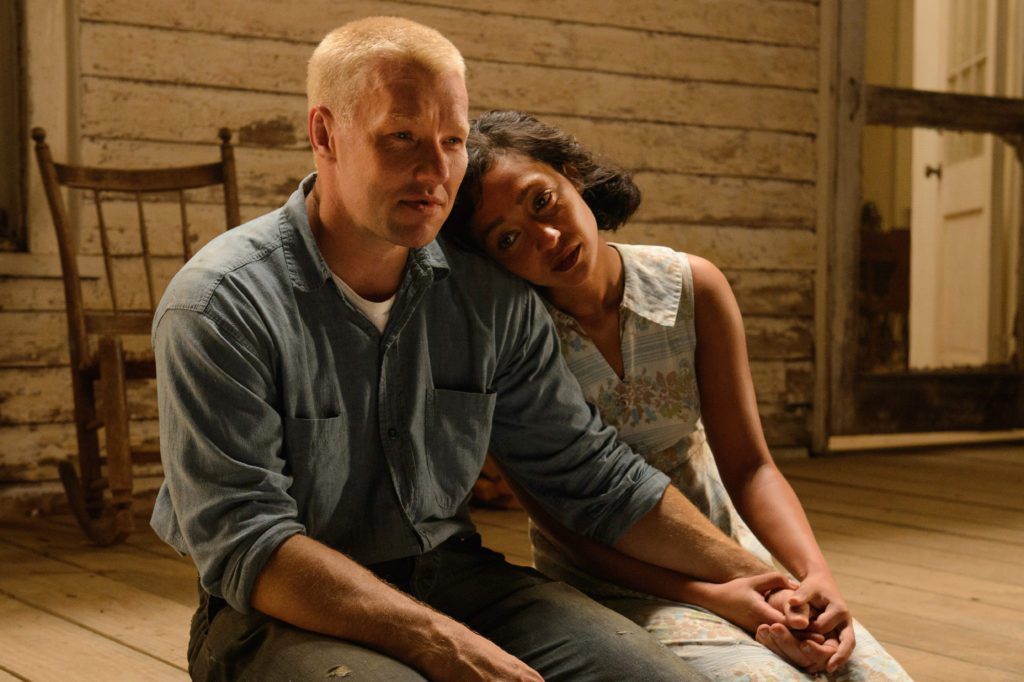
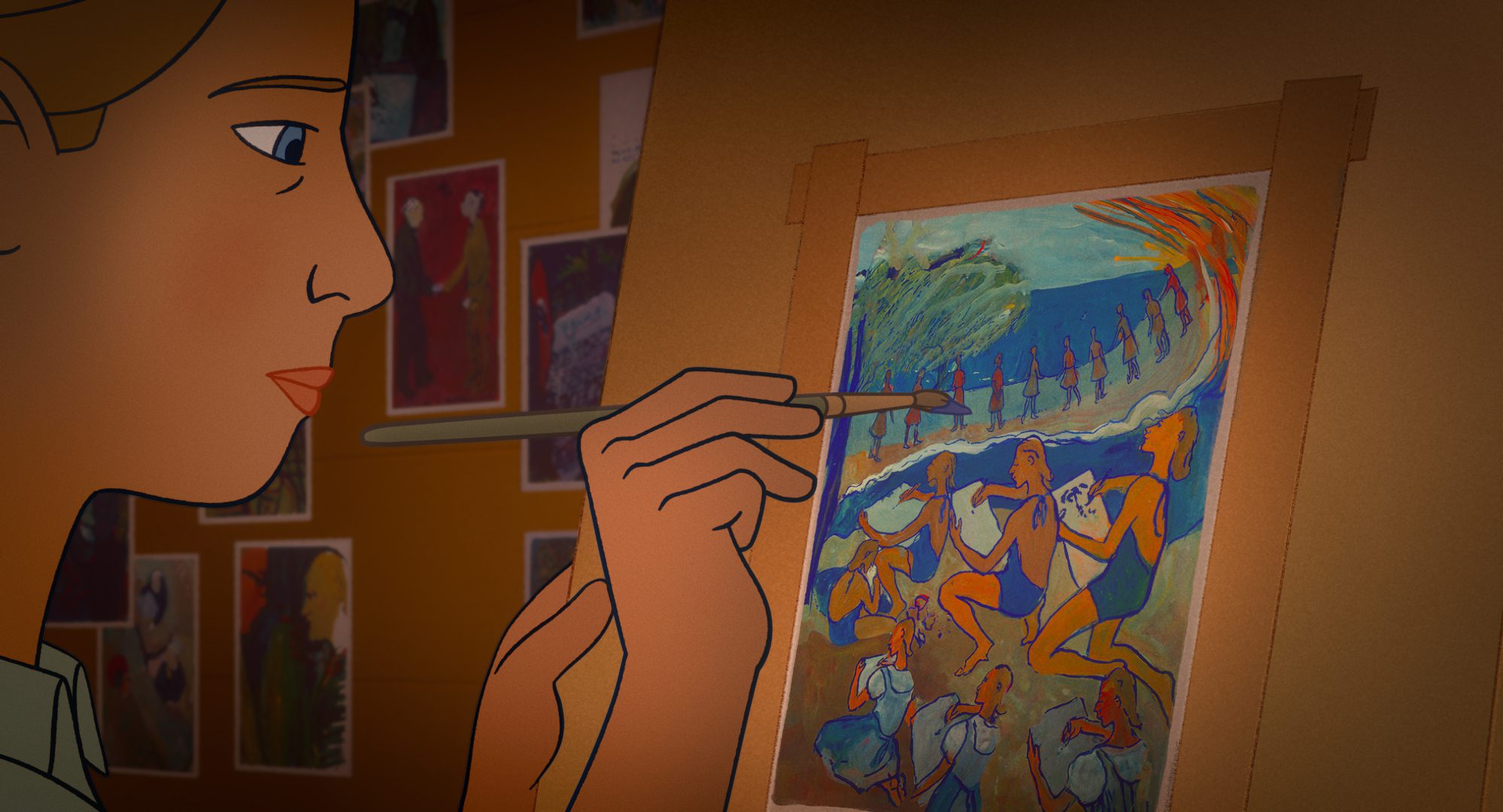
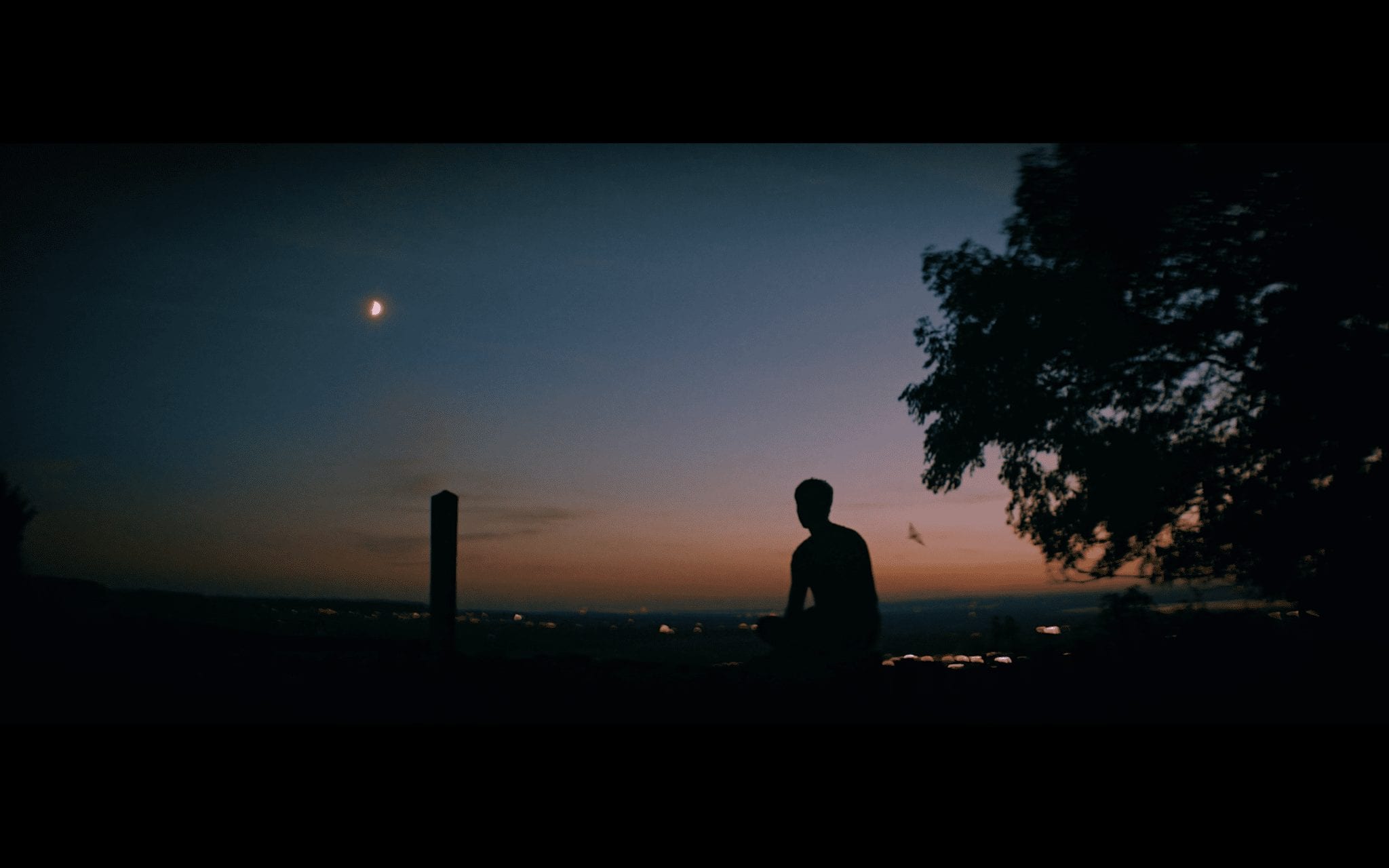

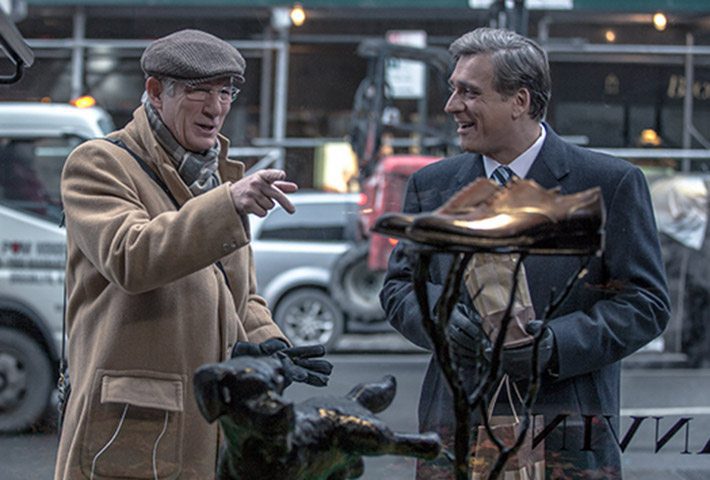
Saw the film on Saturday. Really liked it, however, given the possible next president’s white supremist appointments, I feared history may repeat itself in multiple ways